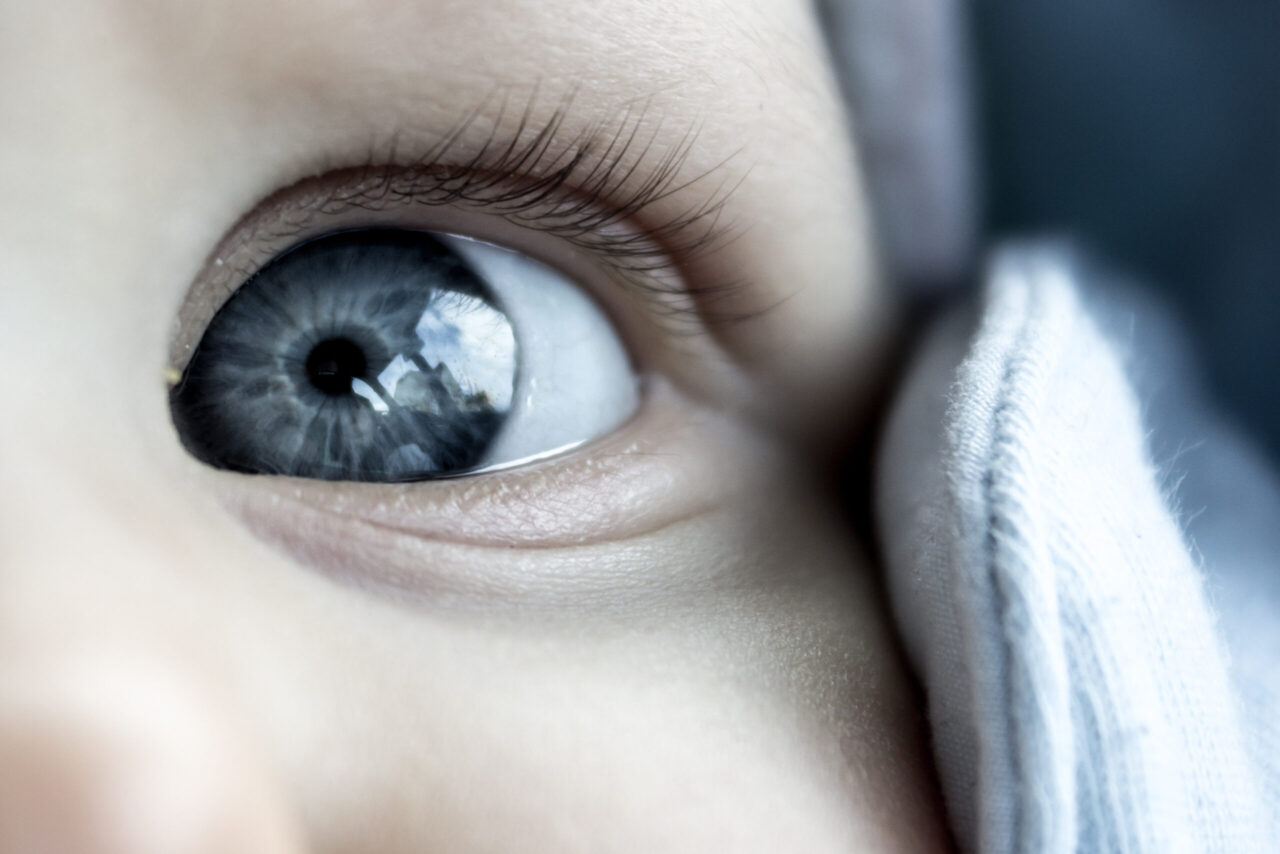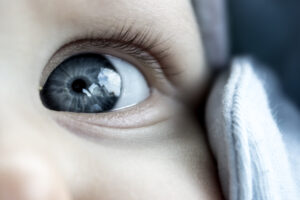Eye diseases
Congenital glaucoma

What is congenital glaucoma?
Glaucoma is an ocular disease generally resulting from an increase in intraocular pressure due to alterations in the drainage system of the aqueous humour, a colourless fluid that nourishes the cornea and the crystalline lens. This fluid is constantly produced and, when it is not drained correctly from the eye, it accumulates in the eyeball and can cause irreversible damage to the optic nerve if not remedied in time.
Although glaucoma is a particularly common disease in people over the age of 60, congenital glaucoma occurs in newborn babies or childhood glaucoma in children under the age of 3. This condition affects 1 of every 10,000 newborns in developed countries and can be present in one or both eyes, although it is more often bilateral.
Symptoms
Causes and risk factors
Treatment
Glaucoma is an ocular disease for which early diagnosis in adults is rather difficult, as it progresses silently and only becomes apparent when there are secondary effects and there has been a significant loss of peripheral vision. Something similar occurs in the case of congenital glaucoma, although some symptoms might warn of the problem, such as excessive tearing or photosensitivity. Defects on the child’s eyelid are also commonplace, as well as enlarged eyes (buphthalmos) or differently sized eyes (megalocornea and myopia).
The symptoms are often vague, however, and might go unnoticed. A correct inspection of the eyesight of newborn babies is therefore important, and a specialist must be seen if anything untoward or defect is noticed, as early detection is essential in avoiding damage to the optic nerve, which could lead to irreversible vision loss.



